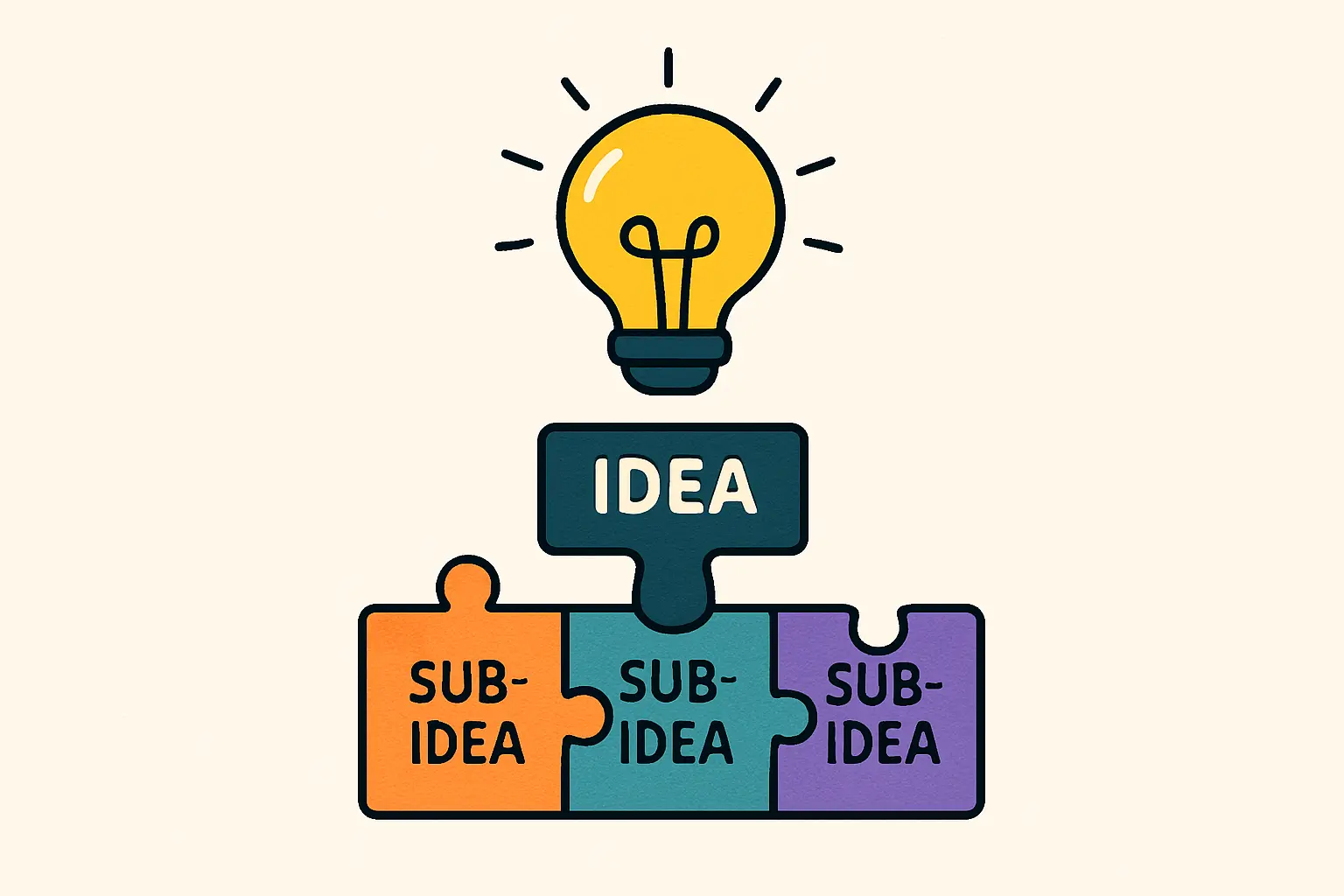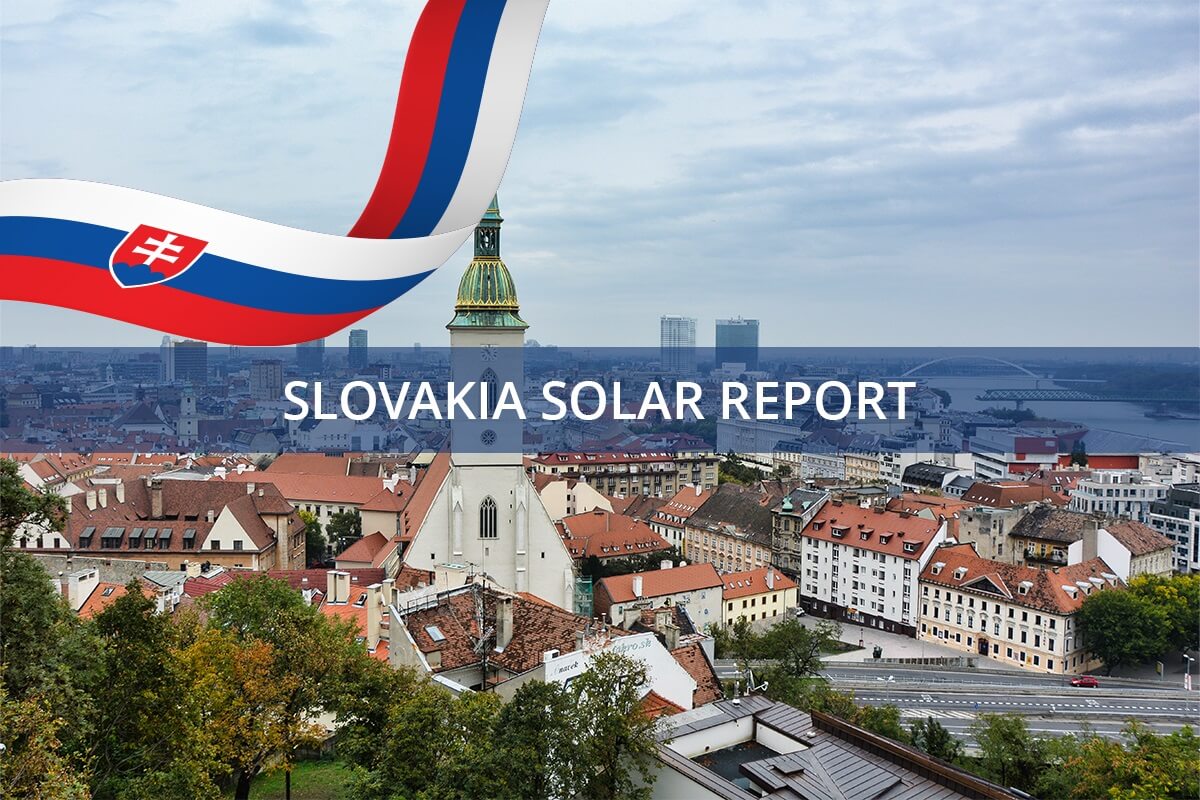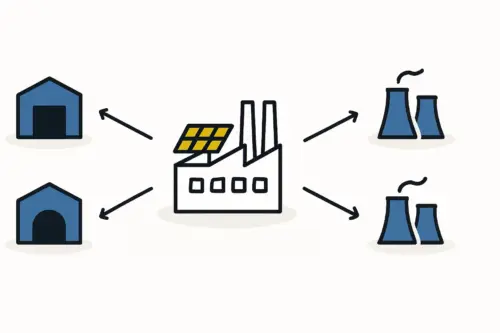An investor has a viable business plan, secured funding, and identified a promising location for a new solar module factory in Slovakia. The market is ready, the technology is selected, and the vision is clear.
Yet, many such ventures hit an unexpected and formidable obstacle: the complex administrative process of securing the necessary permits. This journey through local regulations can feel opaque and often proves to be the most significant delay for even the best-laid plans.
Successfully navigating this phase isn’t about finding loopholes; it’s about understanding the system and preparing meticulously. This guide provides a clear, step-by-step overview of the building and environmental permitting process in Slovakia, transforming a potential bottleneck into a manageable part of your project plan. It’s designed for a business professional who needs a practical roadmap, not a dense legal text.
Understanding the Slovak Regulatory Framework: Key Players and Laws
Before diving into the process, it helps to understand the key authorities and legislative acts that govern your project. While you don’t need to be a legal expert, knowing who is responsible for what provides critical context.
Key Authorities:
- Ministry of Environment of the Slovak Republic: The highest state authority for environmental protection, overseeing major policies and legislation.
- Slovak Environmental Inspectorate (SIŽP): The primary enforcement and inspection body that ensures compliance with environmental laws.
- Regional and District Environmental Offices (OÚŽP): These are your primary points of contact for submitting applications and managing the day-to-day administrative process for environmental permits.
- Municipal Building Authority (Stavebný úrad): The local office responsible for issuing zoning decisions and building permits.
Governing Legislation:
- Act No. 24/2006 Coll. on Environmental Impact Assessment (EIA): This is the foundational law for evaluating the potential environmental effects of a new industrial project before permission is granted.
- Act No. 50/1976 Coll. on Spatial Planning and Building Order (Building Act): This long-standing act governs all aspects of physical construction, from land use planning to final building approval.
Understanding these players and rules is the first step toward making sense of the regulatory landscape and engaging with it effectively.
The Four-Stage Permitting Process for Your Solar Factory
The journey from project proposal to an operational facility generally follows four distinct stages. Each has its own requirements and concludes with a specific decision that’s a prerequisite for the next.
Stage 1: The Environmental Impact Assessment (EIA)
This is arguably the most critical and time-consuming stage. An EIA is a comprehensive evaluation of your project’s potential impact on the environment, public health, and local community. It’s not a mere formality but a detailed scientific and public review process.
The EIA process itself involves several sub-steps:
- Screening: The environmental authority determines if a full EIA is required for your project. For a solar factory, it’s almost always the case.
- Scoping: The authority defines the specific issues and the level of detail that your EIA report must cover.
- EIA Report: Your team prepares a detailed report analyzing all potential impacts (e.g., air, water, soil, noise) and proposes mitigation measures.
- Public Consultation: The report is made public, and stakeholders, including local communities and NGOs, have the right to comment.
- Final Statement: The Ministry of Environment issues a final statement, either approving the project (often with binding conditions) or rejecting it.
Experience from similar turnkey projects shows that underestimating the EIA process is a common cause of significant project delays. A thorough, professionally prepared report is crucial.
Business-Relevant Metric: The entire EIA process, from submission to final statement, typically takes between 6 and 12 months. This timeline must be factored into your overall project schedule.
Stage 2: Securing the Zoning Decision (Územné rozhodnutie)
Once you have a positive final statement from the EIA process, you can apply for a zoning decision from the local building authority. This decision officially confirms that your proposed factory aligns with the municipality’s long-term land-use plan.
Ready to make big Profits?
The solar Industry is Booming
WE HELP NEWCOMERS to the solar industry start their own solar module production line. Customers can make BIG PROFITS by selling modules and finding investors, without wasting money and time on things they don't need!
The application requires submitting the project’s conceptual documentation along with positive statements from various affected bodies, such as utility providers, road administrators, and the environmental authority.
Stage 3: Obtaining the Building Permit (Stavebné povolenie)
The building permit is the official authorization to begin construction. This application requires much more detail than the one for the zoning decision. You must submit comprehensive project documentation, including architectural drawings, structural calculations, and detailed plans for all technical systems.
This stage formally documents and approves your chosen factory layout and process flow. The application must also include proof of land ownership and demonstrate that all conditions from the EIA decision and zoning permit have been incorporated into the final design. The building authority will not issue this permit without a valid and positive EIA statement.
Stage 4: The Final Use Permit (Kolaudačné rozhodnutie)
After construction is complete, the final step is to obtain a use permit. This involves a final inspection by the building authority and other relevant bodies (such as the fire department and public health office) to verify that the factory was built exactly as specified in the building permit and that all systems are operational and safe. Only after receiving the use permit can you legally commence manufacturing operations.
Specific Considerations for Solar Module Manufacturing
A solar factory is not just a standard assembly hall. Environmental authorities will pay close attention to several aspects unique to the manufacturing process:
- Chemical Management: The storage and handling of chemicals used for cleaning, etching, and soldering will be scrutinized. Your plan must demonstrate safe storage, spill containment, and proper disposal protocols.
- Waste Management: Authorities will require a detailed plan for managing various waste streams, including broken solar cells, glass shards, EVA and backsheet trimmings, and chemical waste.
- Water and Air Quality: The plan must address the treatment of wastewater and the filtration of air from soldering stations and lamination processes to prevent the release of pollutants.
The specifications of your production machinery directly influence these factors. Careful selection of the right solar manufacturing equipment can simplify compliance and demonstrate a commitment to environmental responsibility from the outset.

Common Pitfalls and How to Avoid Them
Navigating the Slovak permitting process can be challenging, but many issues are avoidable with foresight.
-
Pitfall 1: Inadequate Preparation and Documentation. Submitting incomplete or inaccurate applications is the most common cause of delays.
-
Solution: Engage experienced local consultants and engineers early. Their expertise in preparing documentation to meet the specific expectations of Slovak authorities is invaluable.
-
Pitfall 2: Underestimating Timelines. Many business plans fail to account for the lengthy EIA process, leading to pressure on financing and project launch dates.
-
Solution: Build a realistic timeline from the start, allocating at least 12-18 months for the entire permitting sequence before construction can even begin.
-
Pitfall 3: Overlooking Public and Community Relations. Public opposition during the EIA consultation phase can create significant hurdles.
-
Solution: Engage with the local community proactively. Present the project’s economic benefits, such as job creation, and be transparent about your environmental protection measures.

Frequently Asked Questions (FAQ)
Q1: How long does the entire permitting process typically take in Slovakia before construction can start?
The entire process, from starting the EIA to receiving a building permit, realistically takes between 12 and 18 months. The EIA is the most variable and often the longest part of this timeline.
Q2: Is it necessary to have a local partner or consultant in Slovakia?
While not legally mandatory, it’s highly recommended. A local consultant understands the nuances of the legal system, has established relationships with authorities, and can manage the process in the Slovak language—a significant advantage.
Q3: What happens if my project is rejected during the EIA process?
A rejection requires you to address the specific reasons cited by the environmental authority. This may involve redesigning parts of your project, conducting further studies, or improving mitigation measures before you can resubmit the application, leading to significant delays and additional costs.
Q4: Does the size of the factory (e.g., 50 MW vs. 200 MW) affect the permitting process?
Yes. Larger factories with higher production volumes and greater potential for emissions and waste are subject to more stringent scrutiny. Very large installations may fall under the Integrated Pollution Prevention and Control (IPPC) directive, which involves an even more complex and integrated permitting process.

Conclusion: Your Next Steps
Securing the necessary permits for a solar factory in Slovakia is a complex but structured process. It demands patience, meticulous preparation, and expert local knowledge. By understanding the four key stages, anticipating the specific requirements for solar manufacturing, and planning for realistic timelines, an investor can successfully navigate the regulatory landscape.
A methodical approach is required to turn a business concept into an operational factory, and understanding these regulatory milestones is the foundational first step. For entrepreneurs looking to deepen their knowledge of the entire process—from planning to production—the pvknowhow.com e-course offers essential, structured guidance.






